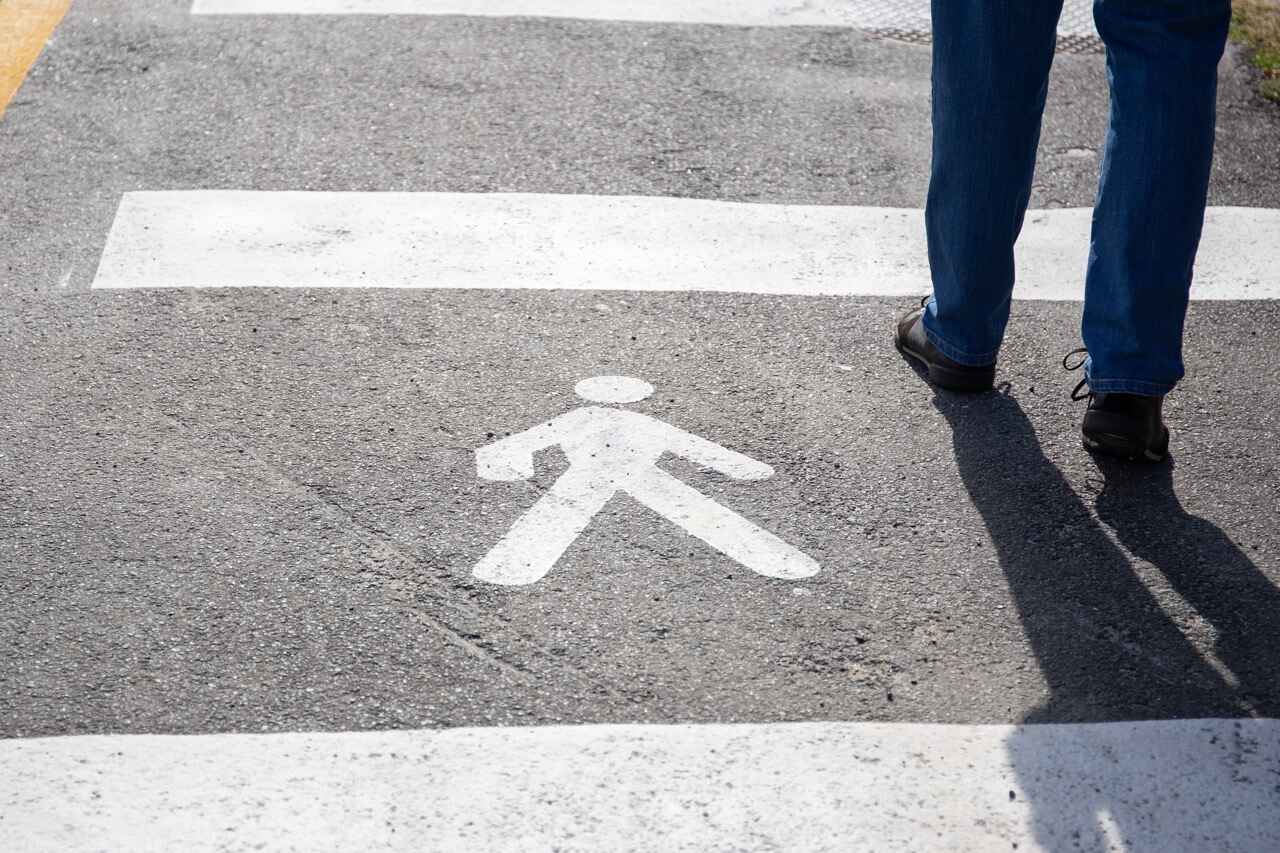Pedestrians should always feel safe crossing roads and walking on sidewalks.
Unfortunately, some drivers fail to exercise caution when operating motor vehicles. In these situations, most pedestrians cannot defend themselves during an accident, as they do not have the same safety measures around them as drivers.
Negligent driving can alter your life, leaving you with high medical bills, lost wages, and permanent injuries. These are profound changes; you need a serious lawyer to earn you justice.
If you are injured in a pedestrian accident, you have rights. Payne Law Firm is here to protect them. We pair you with an experienced pedestrian accident lawyer to ensure you receive proper medical care and financial compensation for your injuries.
At Payne Law Firm, we are serious about you and your well-being. In the following blog, we will discuss the common causes of Texas pedestrian accidents and how a pedestrian accident lawyer can help.
Top 5 Causes
#1 – Distracted Driving
Distracted driving can lead to all sorts of accidents, including pedestrian vehicle collisions. When drivers take their eyes off the road for just a moment, they can miss a pedestrian exercising their right of way.
#2 – Speeding
Speeding is negligent behavior, especially in designated pedestrian areas. Speeding reduces the driver’s and pedestrian’s abilities to react, increasing the chances of a pedestrian-vehicle collision.
#3 – Impairment
Impaired driving significantly lowers the driver’s ability to respond to changes on the road. If a pedestrian starts walking across the street, an impaired driver may be slow to react.
#4 – Illegal Moves
Impatient drivers may perform illegal maneuvers through crosswalks or along the side of the roads, putting pedestrians in significant danger.
#5 – Lack of Awareness
Drivers may zone out or lose focus on the road. This lack of awareness can inhibit their ability to spot pedestrians on the road.
Common Injuries in Pedestrian Accidents
In a typical car accident, drivers benefit from safety features like airbags and seatbelts, which offer crucial protection. However, pedestrians lack these safeguards during a pedestrian vehicle collision, leaving them highly vulnerable. As a result, the absence of protective gear can lead to severe injuries.
Common pedestrian injuries include:
- Brain injuries
- Spinal cord injuries
- Broken bones
- Lacerations and scrapes
- Internal injuries
- Wrongful death
Who’s Liable in a Pedestrian Accident in Texas?
Texas observes fault-based car insurance laws. This means the faulty party, often the driver, is financially responsible for the victim’s injuries and losses. For pedestrians to receive compensation for their losses, they must prove the other party’s negligence. This often requires the assistance of a pedestrian accident lawyer.
To prove another party’s negligence, the injured party and their lawyer must acquire proper evidence showing that the driver owed a duty of care and failed to uphold it. A driver may breach their duty of care by speeding, driving recklessly, or taking their attention off the road—just to name a few examples.
In some pedestrian accidents, the insurance company may claim the pedestrian was partially responsible for their injuries. For example, the pedestrian may have stopped in a crosswalk to look at their phone. If a pedestrian is found partially responsible, their case becomes subject to Texas’s comparative negligence law.
What to Do if You’re Injured in a Pedestrian Accident
Seek Medical Care
Your safety is the only thing that matters immediately after an accident. Be sure to call for an ambulance or other emergency service.
Contact Local Authorities
Give the authorities every possible detail about the accident so they can create an accident report. Remember, DO NOT admit fault when talking with authorities, as this may forfeit your ability to earn compensation.
Restrict Your Movements
Unless it is absolutely necessary, do not move after a pedestrian vehicle collision. Movements can worsen your injuries, leading to paralysis or spinal cord injuries.
Exchange Info With the Driver
Collect the driver’s name, phone number, car insurance details, and vehicle information.
Document the Accident
If safe to do so, take photos and videos of the crash scene and speak with witnesses. This evidence can be crucial when seeking maximum compensation.
Contact Our Houston Pedestrian Accident Lawyers Today
If a driver failed to protect you on the road, you shouldn’t have to pay for the damages they caused. Your safety and legal rights must be protected, especially in the face of medical bills, lost wages, and emotional suffering.
If you have been injured in a pedestrian vehicle collision, you need an expert pedestrian accident attorney. At Payne Law Firm, we are experts in Texas personal injury law, offering our clients comfort and exceptional care during a difficult time.
We are locally and nationally recognized for our commitment to personal injury victims. We build strong claims and are prepared to fight in court, acting as your #1 advocate when insurers try to take advantage of you. Our team is compassionate about your case, so contact us today for a free consultation.
Pedestrian Accident FAQs
Do pedestrians always have the right of way in Texas?
Drivers must yield to pedestrians in a crosswalk. Even if the driver is allowed to take a left or right turn, they must put the pedestrian’s safety first. Drivers also must yield to pedestrians while pulling into or out of a driveway. Drivers cannot pass a vehicle that has stopped for a crossing pedestrian.
What is the new law in Texas about crosswalks?
The Lisa Torry Smith Act was signed into law in 2021. This Texas legislation declares that if a driver hits a pedestrian in a crosswalk and causes bodily injury, the driver can be tried for a crime.
What happens if you hit a pedestrian in Texas?
Texas pedestrian accident lawsuits adhere to the state’s modified comparative fault rule. This rule allows you to recover damages even if you are partially at fault. This only applies if your share of fault does not exceed 50%. Your percentage of fault will reduce your compensation. In other words, if you were 20% at fault, you can only recover 80% of damages rather than 100%.


